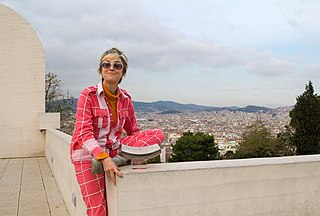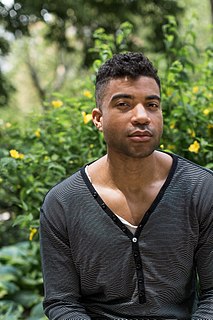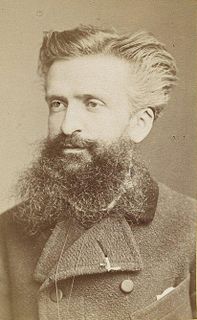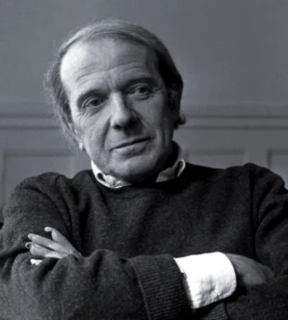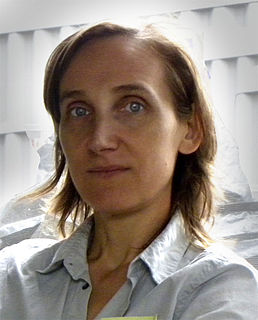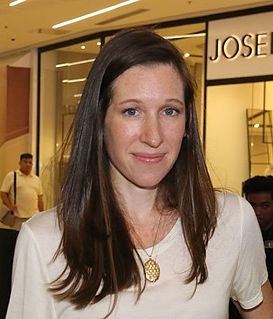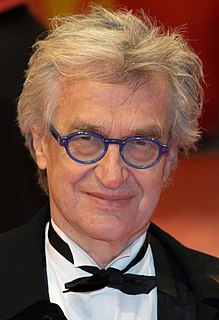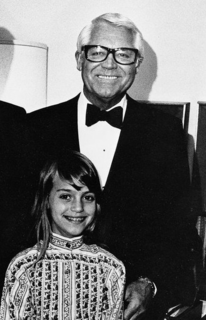A Quote by Maggie Stiefvater
I knew he wouldn't come, but I howled anyway, and when I did, the other wolves would pass images of him to me of what he looked like: lithe, gray, yellow-eyed. I would pass back images of my own, of a wolf on the edge of the woods, silent and cautious, watching me. The images, clear as the slender-leaved trees in front of me, made finding him seem urgent, but I didn't know how to begin to look.
Related Quotes
I am myself a professional creator of images, a film-maker. And then there are the images made by the artists I collect, and I have noticed that the images I create are not so very different from theirs. Such images seem to suggest how I feel about being here, on this planet. And maybe that is why it is so exciting to live with images created by other people, images that either conflict with one's own or demonstrate similarities to them.
I always try to create equal power between the subject and the object, so as not to end up creating a relationship where the camera is here and the object out there. This is for me a very difficult and sensitive balance. When I produce a work, cut and frame images, I realize that spectators can identify with the images and almost forget that someone else actually made them. This would be the optimal situation. I don't know whether I succeed in doing so, but that's what I would like to have happen.
Everything was red, the air, the sun, whatever I looked at. Except for him. I fell in love with someone who was human. I watched him walk through the hills and come back in the evening when his work was through. I saw things no woman would see: that he knew how to cry, that he was alone. I cast myself at him, like a fool, but he didn't see me. And then one day he noticed I was beautiful and he wanted me. He broke me off and took me with him, in his hands, and I didn't care that I was dying until I actually was.
I knew that time would now pass for me differently than it would for him - that I, like everyone in that room, would go on accumulating loves and losses while he would not. And for me, that was the final and truly unbearable tragedy: Like all the innumerable dead, he'd once and for all been demoted from haunted to haunter.
Making photographs that dealt with the understanding of who I am as a gay man and dealt with the process of accepting that, and also accepting what I'm into sexually, what sexually arouses me. So I was making these images not necessarily knowing what they were about, but just putting it out there - that mode of thinking or consideration of my own desires, and also the much larger conversation around images that deal with ideas of sexuality and how those images are distributed and then accepted or understood by whoever is viewing those images.
A crowd thinks in images, and the image itself calls up a series of other images, having no logical connection with the first...A crowd scarcely distinguishes between the subjective and the objective. It accepts as real the images invoked in its mind, though they most often have only a very distant relation with the observed facts....Crowds being only capable of thinking in images are only to be impressed by images.
Others of them employ outward marks ... They style themselves Gnostics. They also possess images, some of them painted and others formed from different kinds of material. They maintain that a likeness of Christ was made by Pilate at that time when Jesus lived among them. They crown these images, and set them up along with the images of the philosophers of the world, such as Pythagoras, Plato, and Aristotle, and the rest. They have also other modes of honoring these images just like the Gentiles.
Cam disappears at the end of 'Rapture.' It was the only way for me to say good-bye to him at the time, and it's the way he prefers to split, anyway. I always knew I would return to him. He's been my favorite from the start. Readers have long asked what happened to him, but I had to wait for his story to come to me on its own.
Images are no longer what they used to be. They can't be trusted any more. We all know that. You know that. When we grew up, images were telling stories and showing them. Now they're all into selling. They've changed under our very eyes. They don't even know how to do it anymore. They've plain forgotten. Images are selling out the world. And at a big discount.


